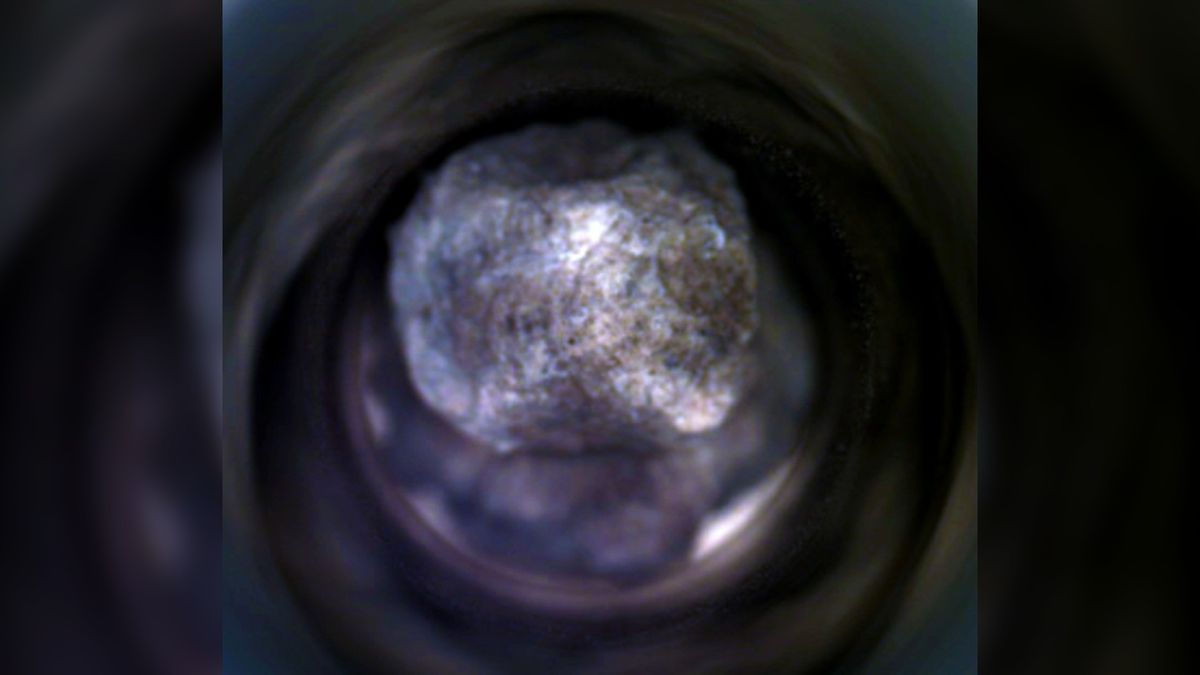
The Perseverance rover from NASA has been actively collecting various materials from the surface of Mars. Among these samples are rock cores that resemble the size of chalk sticks, fragments as small as pencil erasers, and even fine dust particles that could rest on the pointed end of a needle.
As scientists prepare for the next phase of this exciting mission, they are focused on cataloguing these samples. This initiative may lead to the eventual return of these Martian materials to Earth through NASA’s Mars Sample Return program. Currently, NASA is considering various options for what to do with these unique pieces of the Red Planet, while researchers have recently published findings on the initial soil, regolith, and sediments obtained by the Perseverance rover.
In their recent research, scientists discovered that the soil samples collected by Perseverance include millimeter-sized grains sourced from at least two different Martian regions. Many of these grains exhibit evidence of previous water presence and possibly conditions favorable for life. Although the initial data appears encouraging, definitive conclusions regarding the existence of any microbial life can only be confirmed once the samples are returned to Earth.
Scientists believe that these samples will reveal not just the history of Mars, but also provide insights into Earth’s own geological past. “The samples will enhance our understanding of Mars, but they also hold potential to shed light on Earth,” stated Libby Hausrath, a geochemist at the University of Nevada’s College of Sciences and a member of the NASA Mars Sample Return team, in a recent statement.
Robotic missions from Earth have been exploring Mars since the 1960s, unraveling mysteries related to the planet’s geology, atmosphere, and overall history, leading to significant discoveries through both surface sampling and onboard investigations.
The Perseverance rover is outfitted with advanced tools, including cameras, remote sensors, and spectrometers, which scientists utilize to analyze the chemical and mineral composition of Martian regolith — the loose material made up of dust, soil, and fragmented rocks covering the surface of Mars.
“It’s incredibly exciting to see these close-up images of Mars,” remarked Hausrath. “We can zoom in on rocks and soil, select a specific location to analyze, and determine the chemistry and mineralogy of particular samples — it feels like something out of a science fiction story.”
However, there are limitations on what researchers can accomplish at this stage, especially when it comes to drawing firm conclusions from the data. The instruments on the Perseverance rover face restrictions due to weight, size, and power limitations, which hinder their operational abilities. Once the samples are returned to Earth, scientists will be able to conduct far more thorough examinations using advanced laboratory equipment that cannot traverse to Mars.
“The Perseverance rover is capable of collecting loose materials measuring less than 8 mm from the surface, digging down to depths of approximately 4–6 cm. These samples are sealed in titanium tubes and either left on the Martian surface or stored within the rover for potential return during the planned Mars Sample Return campaign,” they explained.
Additionally, many essential scientific instruments are simply too large or complex to be miniaturized for the journey to Mars. “Some tools just can’t be downsized and taken to Mars,” Hausrath noted. “Once the samples are back on Earth, we will have the opportunity for higher-resolution analysis, enabling us to measure smaller quantities with greater precision.”
Until the samples are retrieved by a robotic lander, expected to arrive sometime in the 2030s, they will remain on Mars awaiting their journey home.
“The prospect of retrieving these samples and accurately targeting a specific rock or soil area to extract data from such tiny fragments is truly astounding,” Hausrath concluded.
The findings regarding the first rock samples collected by Perseverance have been published in the journal JGR Planets.









